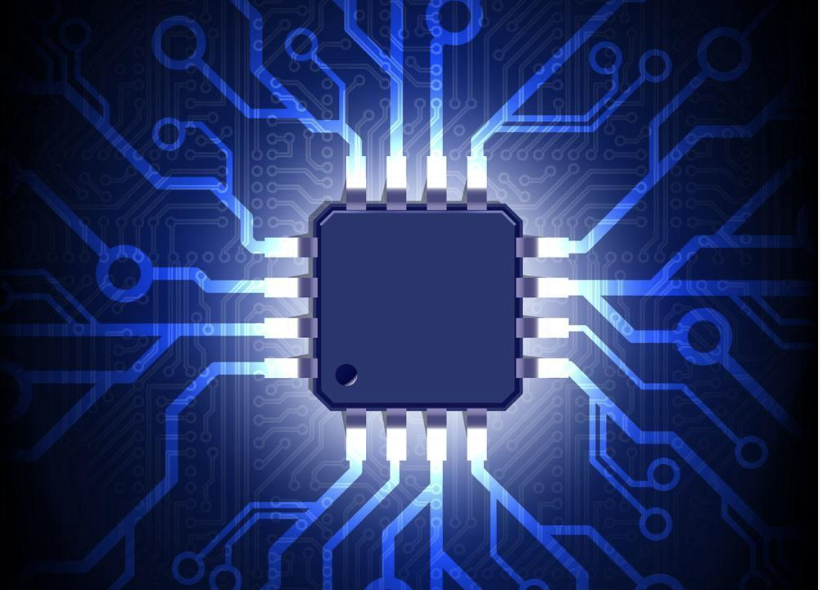ARM的嵌入式Linux移植体验之设备驱动
static struct block_device_operations mtd_fops =
{
owner: THIS_MODULE,
open: mtdblock_open,
release: mtdblock_release,
ioctl: mtdblock_ioctl
};
static void mtd_notify_add(struct mtd_info* mtd)
{
…
}
static void mtd_notify_remove(struct mtd_info* mtd)
{
if (!mtd || mtd->type == MTD_ABSENT)
return;
devfs_unregister(devfs_rw_handle[mtd->index]);
}
int __init init_mtdblock(void)
{
int i;
spin_lock_init(mtdblks_lock);
/* this lock is used just in kernels >= 2.5.x */
spin_lock_init(mtdblock_lock);
#ifdef CONFIG_DEVFS_FS
if (devfs_register_blkdev(MTD_BLOCK_MAJOR, DEVICE_NAME, mtd_fops))
{
printk(KERN_NOTICE "Can't allocate major number %d for Memory Technology Devices./n",
MTD_BLOCK_MAJOR);
return -EAGAIN;
}
devfs_dir_handle = devfs_mk_dir(NULL, DEVICE_NAME, NULL);
register_mtd_user(notifier);
#else
if (register_blkdev(MAJOR_NR,DEVICE_NAME,mtd_fops)) {
printk(KERN_NOTICE "Can't allocate major number %d for Memory Technology Devices./n",
MTD_BLOCK_MAJOR);
return -EAGAIN;
}
#endif
/* We fill it in at open() time. */
for (i=0; i MAX_MTD_DEVICES; i++) {
mtd_sizes[i] = 0;
mtd_blksizes[i] = BLOCK_SIZE;
}
init_waitqueue_head(thr_wq);
/* Allow the block size to default to BLOCK_SIZE. */
blksize_size[MAJOR_NR] = mtd_blksizes;
blk_size[MAJOR_NR] = mtd_sizes;
BLK_INIT_QUEUE(BLK_DEFAULT_QUEUE(MAJOR_NR), mtdblock_request, mtdblock_lock);
kernel_thread (mtdblock_thread, NULL, CLONE_FS|CLONE_FILES|CLONE_SIGHAND);
return 0;
}
static void __exit cleanup_mtdblock(void)
{
leaving = 1;
wake_up(thr_wq);
down(thread_sem);
#ifdef CONFIG_DEVFS_FS
unregister_mtd_user(notifier);
devfs_unregister(devfs_dir_handle);
devfs_unregister_blkdev(MTD_BLOCK_MAJOR, DEVICE_NAME);
#else
unregister_blkdev(MAJOR_NR,DEVICE_NAME);
#endif
blk_cleanup_queue(BLK_DEFAULT_QUEUE(MAJOR_NR));
blksize_size[MAJOR_NR] = NULL;
blk_size[MAJOR_NR] = NULL;
}
module_init(init_mtdblock);
module_exit(cleanup_mtdblock);
从上述源代码中我们发现,块设备也以与字符设备register_chrdev、unregister_ chrdev 函数类似的方法进行设备的注册与释放:
int register_blkdev(unsigned int major, const char *name, struct block_device_operations *bdops);
int unregister_blkdev(unsigned int major, const char *name);
但是,register_chrdev使用一个向 file_operations 结构的指针,而register_blkdev 则使用 block_device_operations 结构的指针,其中定义的open、release 和 ioctl 方法和字符设备的对应方法相同,但未定义 read 或者 write 操作。这是因为,所有涉及到块设备的 I/O 通常由系统进行缓冲处理。
块驱动程序最终必须提供完成实际块 I/O 操作的机制,在 Linux 当中,用于这些 I/O 操作的方法称为"request(请求)"。在块设备的注册过程中,需要初始化request队列,这一动作通过blk_init_queue来完成,blk_init_queue函数建立队列,并将该驱动程序的 request 函数关联到队列。在模块的清除阶段,应调用 blk_cleanup_queue 函数。
本例中相关的代码为:
BLK_INIT_QUEUE(BLK_DEFAULT_QUEUE(MAJOR_NR), mtdblock_request, mtdblock_lock);
blk_cleanup_queue(BLK_DEFAULT_QUEUE(MAJOR_NR));
每个设备有一个默认使用的请求队列,必要时,可使用 BLK_DEFAULT_QUEUE(major) 宏得到该默认队列。这个宏在 blk_dev_struct 结构形成的全局数组(该数组名为 blk_dev)中搜索得到对应的默认队列。blk_dev 数组由内核维护,并可通过主设备号索引。blk_dev_struct 接口定义如下:
struct blk_dev_struct {
/*
* queue_proc has to be atomic
*/
request_queue_t request_queue;
queue_proc *queue;
void *data;
};
request_queue 成员包含了初始化之后的 I/O 请求队列,data 成员可由驱动程序使用,以便保存一些私有数据。
request_queue定义为:
struct request_queue
{
/*
* the queue request freelist, one for reads and one for writes
*/
struct request_list rq[2];
/*
* Together with queue_head for cacheline sharing
*/
struct list_head queue_head;
elevator_t elevator;
request_fn_proc * request_fn;
merge_request_fn * back_merge_fn;
merge_request_fn * front_merge_fn;
merge_requests_fn * merge_requests_fn;
make_request_fn * make_request_fn;
plug_device_fn * plug_device_fn;
/*
* The queue owner gets to use this for whatever they like.
* ll_rw_blk doesn't touch it.
*/
void * queuedata;
/*
* This is used to remove the plug when tq_disk runs.
*/
struct tq_struct plug_tq;
/*
* Boolean that indicates whether this queue is plugged or not.
*/
char plugged;
/*
* Boolean that indicates whether current_request is active or
* not.
*/
char head_active;
/*
* Is meant to protect the queue in the future instead of
* io_request_lock
*/
spinlock_t queue_lock;
/*
* Tasks wait here for free request
*/
wait_queue_head_t wait_for_request;
};
下图表征了blk_dev、blk_dev_struct和request_queue的关系:
下图则表征了块设备的注册和释放过程:
5.小结
本章讲述了Linux设备驱动程序的入口函数及驱动程序中的内存申请、中断等,并分别以实例讲述了字符设备及块设备的驱动开发方法。
linux相关文章:linux教程










评论